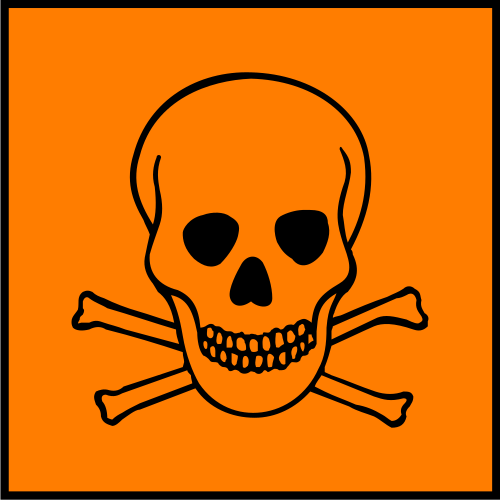Have you seen a Rose with a fruit? The fruit of a Rose plant is called Rose Hip or Rose Haw. These fruits are typically red to orange in color and begin to form in spring, and ripen in late summer through autumn.
The Many Usages of Rose Hips
- Rose Hips are used as Herbal Tea, Jam, Jelly, Soup, Beverages, Pies, Bread, Wine and Marmalade
- Some Rose species are grown as ornamentals and for the value of their hips.
- Rose Hips are popular healthy treat for pets like guinea pigs
and chinchillas providing the needed vitamin C.
- Dried and powdered forms of Rose Hips are fed to horses at a maximum of 1 tablespoon per day to improve coat condition and new hoof growth.
- Itching powder are manufactured from the fine hairs found inside Rose Hips.
- Dried Rosehips are also sold for primitive crafts and home fragrance purposes.
- Rosehips are scented with essential oils and can be used as a potpourri
room air freshener.
- Rose hips were used in many food preparations by the indigenous peoples of the Americas.
- Rose hips can be used to make Palinka, a traditional Hungarian alcoholic beverage.
- Rose hips are commonly used as a herbal tea
, often blended with hibiscus and as an oil.
- Rosehip Soup, "nyponsoppa," is especially popular in Sweden.
- Rhodomel, a type of mead, is made with Rosehips.
Medicinal and Health Benefits:
- Rose Hips are particularly high in vitamin C content, one of the richest plant sources available.
- Rose Hips also contain some vitamin A and B, essential fatty acids and antioxidant flavonoids.
- Roe Hips helps in treating rheumatoid arthritis
.
- Rose Hips are used for colds and influenza.
See also



